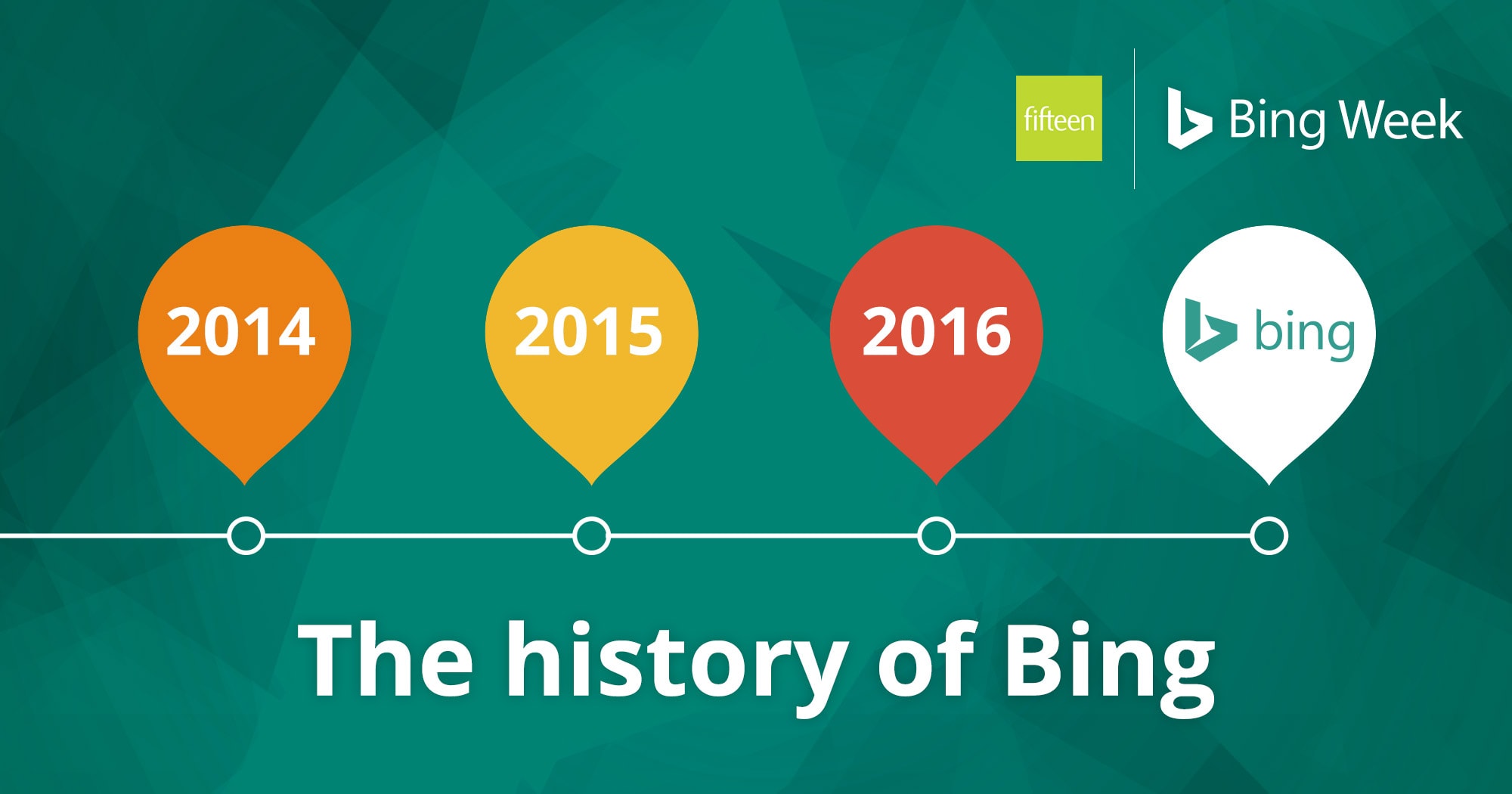Ask almost anyone to name a search engine and you’ll get one resounding answer: Google.
But over the past seven years another platform has started to gain traction. That search engine is Bing.
Bing has a colourful past, blended together from a mix of platforms. It has origins in MSN Search, Windows Live Search and the later redesigned Live Search.
‘Bing’ as we know it now was officially born on June 3, 2009. At the time of its launch, Bing was notable for a few features that we now take for granted in our search engines: including the listing of search suggestions whilst queries are being entered and a list of ‘related searches’.
In July 2009 Microsoft and Yahoo! struck a deal to allow Bing to power all Yahoo! searches. Bing continued to trail behind Yahoo! but after this transition was completed in 2012, the platform finally began to gain momentum.
Another win came in the form of backing from technology giant Apple, who announced in 2013 that they would drop Google as their web search engine in favour of Bing.
In the past seven years Bing has seen two slogans: ‘Bing and Decide’ (2009) and ‘Bing is for doing.’ (2012). At the start of its conception Bing was a fresh format in a market dominated by Google. The rumoured origins behind its name (Bing Is Not Google) reflect its drive to establish itself as a serious rival to the search engine giant.
Late to the game, Microsoft was the last of the ‘big three ‘search engines (Google, Yahoo! and Bing) to develop its own system for delivering pay-per-click. It wasn’t until 2006 that Microsoft developed its own ad system, and it was even longer (2012) until Bing Ads was born.
So what now? Bing continues to grow. As of November 2015 Bing was the second largest search engine in the US, taking 20.9% of the search market share (compared to Google’s 63.9%) and powering a majority of Yahoo! Search’s queries, which account for 12.5% of the market traffic.
As of September 2016, Bing was listed as 14th on the Alexa rank; a traffic estimate based on the browsing behaviour of a global sample of internet users.
Bing Ads is performing even better. As of June last year the service had a 33% market share in the United States. A low cost-per-click and a niche audience (mature professionals with a mid – high income) means that for some businesses, Bing is now a preferred platform to Google Adwords.
For help setting up your Bing Ads campaign, contact one of our team here.




